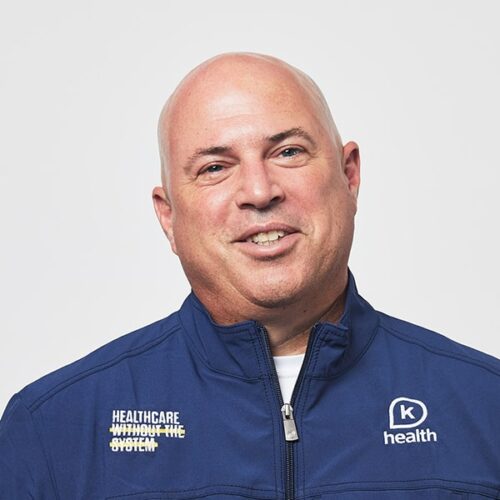Antibiotics won the last big war, but they’re losing the next one.
Everyone knows penicillin was discovered in 1928 when Dr. Alexander Fleming found mold growing in one of his petri dishes at St. Mary’s Hospital in London. But what gets left out of the story is how hard it was to convince anyone that it might be worth developing into medicine.
After a lukewarm reception at the Medical Research Club, where he shared his discovery, all of Fleming’s efforts to generate interest in developing penicillin failed. It wasn’t until 1941 that the U.S. National Research Laboratory decided to bet on the unproven substance. In the previous war, an estimated five million soldiers died from infected wounds. Bacterial infections of another sort were rampant, hampering military readiness. Penicillin could help win this war.
In 1942, penicillin cured a life-threatening septicemic bacterial infection for the first time. By 1943, production of the miracle drug was the War Department’s No. 2 priority after the Manhattan Project. On D-Day, 73,000 U.S. troops landed on the beaches of Normandy, and, with them, millions of doses of penicillin.
From that moment on, another war was waged, on a tiny scale. Before penicillin was even available to the public, the very bacteria that it targeted started developing resistance.
When antibiotics are used, any bacteria present, including the millions of good bacteria that inhabit all parts of our body, could develop resistance to the medicine. Bacteria freely trade genes with other bacteria, so as soon as one strain develops resistance, it’s only a matter of time before others do.
It’s a tantalizing problem: they work great, so you use them more, but the more you use them, the less great they work.
Over the past 80 years, we have developed over 100 antibiotics in dozens of classes, like macrolides, cephalosporins, and glycopeptides. That last class includes vancomycin, the biggest gun in our arsenal. It’s often used to protect surgical sites against infection.
But even the “big gun” is starting to develop resistance. The first vancomycin-resistant bacteria was discovered in Michigan in June 2002. Colistin, another antibiotic of last resort, encountered its first resistance in 2015. Each year, 35,000 people in the U.S. die of infections by antibiotic-resistant bacteria.
In theory, if we never develop any more antibiotics, there would come a time, very soon, when we would have no effective defense against bacterial infection. It could make practicing certain aspects of modern medicine near impossible. For instance, most surgeries.
About 40 new antibiotics are currently in development. But, experts worry, too few to keep up. One big problem is that it takes many years and billions of dollars to develop a new antibiotic, and the efforts often fail. Most companies that try go out of business before succeeding. To address this problem, countries like the UK are considering developing funds that will pay drugmakers a subscription fee over many years to use new antibiotics, taking some of the risk out of development, but it may be too little to make a difference.
One thing we can do is use antibiotics less, especially when we don’t need them. About one in five times someone goes to the doctor for viral diseases, like a cold or most sinus infections, antibiotics are prescribed.
What you can do to fight antibiotic resistance:
- Only take antibiotics when prescribed.
- When you take them, finish them.
- Get vaccinated so you are less likely to require antibiotics to treat illness.
LEARN MORE
- Everything you need to know about antibiotics
- How much do antibiotics cost without insurance?
- What are the best natural antibiotics?
@khealthofficial Antibiotics can be used less, especially when they are not needed. About one in five times someone goes to the doctor for viral diseases, like a cold or most sinus infections, antibiotics are prescribed. We suggest only taking antibiotics when prescribed, and they can be effective. #healthinformation #healthcare #pharmacist #antibiotics #antibiotic ♬ Memories – Lux-Inspira
K Health articles are all written and reviewed by MDs, PhDs, NPs, or PharmDs and are for informational purposes only. This information does not constitute and should not be relied on for professional medical advice. Always talk to your doctor about the risks and benefits of any treatment.

 Medically reviewed
Medically reviewed
